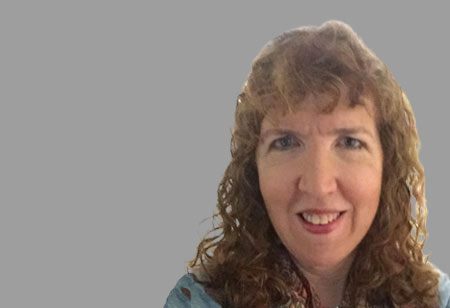Thank you for Subscribing to Healthcare Business Review Weekly Brief

Significance of Checklists and Structured Programs for Healthcare
Healthcare Business Review
We are unique in many ways, but humans share a common trait when we perceive we have too much to do we look for efficiencies (i.e. shortcuts). This is built into an out neural network. This can cause us to trust that others did their jobs so we do not fully do ours. Ex. A transporter trusted the Nurse when she pointed to the patient, so they did not check the patient’s ID band. The patient is taken for radiation therapy. The radiation tech, seeing the chart is for the patient to receive brain radiation, and also does not check the ID band. There was no clear communication during either transition and the patient received a dose of focused radiation to her brain.
Communication failures are the largest common denominator that carries across approximately 40-60 percent of claims and were the most common root cause of Sentinel Events reported to TJC between 2004-2011. These failures cut across all claims, large and small, and cases with communications failures are less likely to be dropped and may have providers pointing fingers at each other which increases the value of the claim.
Three structured programs can improve communication. The first is TeamStepps, which is recommended by AHRQ and focuses on a common language among teams. A Team can be the entire hospital since every staff member is mutually committed to safe patient care, but in reality, it mostly focuses on specific departments and office practices. Training and retraining are costly and when training a Labor and Delivery unit on TeamStepps, anesthesia which attends most women in labor, rarely participates While it is certainly helpful to have a common language, that language needs to be used concisely to state what the plan of care is and should be if/when X occurs.
The second, a hallmark of High-Reliability Organizations (HRO) uses structured communication tools like SBAR (Situation. Background, Assessment, and Recommendation) and ARCC (Ask, Request, express Concern, use Chain of Command). While great, ARCC especially is an “in the moment” tool. It does not communicate information about the current state or complications that could have been anticipated.
The third tool and arguably the most effective and sustainable development is a checklist for transitions of care. Checklists are proven to work from Peter Provost’s checklist for insertion of central lines to reduce infections to the WHO checklist to reduce wrong site surgery. I-Pass and other checklists take TeamStepps a “few steps” further. Handoffs and care transitions happen frequently in healthcare. The structure a checklist brings to the process during transitions of care has been shown to reduce errors and improve patient care.
Attached is a slide from the Journal of Patient Safety6 showing the results of the I-Pass checklist that was developed when residents were mandated to work fewer hours. It shows the error rate pre- and post-implementation of I-Pass, a 23 percent reduction in medical errors, and a 30 percent reduction in preventable adverse events.
The checklist focuses on communicating what information is needed by the incoming provider from the outgoing provider. A “Ticket to Ride” given to Pt Transport is different than the RN-to-RN handoff at the change of shift, the Dr. to Dr. handoff of the Hospitalists and different from the provider who calls to request a patient transfer. Cerner and EPIC have handoff tools built into their programs, but are they used or used consistently? What gets measured gets mastered and is more likely to become a habit.
Checklists require training, monitoring, and the expectation to use. Initially, it will not be easy or inexpensive but like handwashing and crisis prevention training, it will require constant training of new staff, reminders and reinforcement, and monitoring to become embedded in the culture of the facility.
Lastly, a related issue that is rarely mentioned so I do not believe is consciously considered is the impact of events where hospitals cannot charge for the care. We focus on costs, premiums, and claims payments, but not the patients harmed and revenue lost. Better communication would assist on both sides of the human and financial equation. If errors are reduced fewer patients are harmed which means fewer claims and increased reimbursement. No one comes to work planning to harm a patient and can be devastated if their care, even good care, results in harm.









